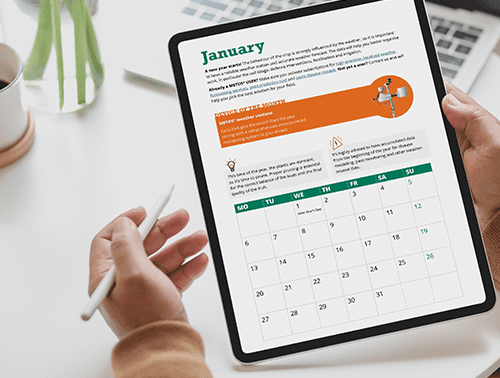You Tend Your Tractor. Why Not Your Weather Station?
8 Steps to Keep Your Devices in Top Condition
You wouldn’t drive your tractor without changing the engine oil, checking the air filter, and inspecting the tires. Unless you enjoy unexpected breakdowns in the middle of a field. So why treat your weather station any differently?
Regular maintenance keeps your weather station running accurately, ensuring you get reliable data when you need it most. A neglected sensor is like a tractor with a clogged fuel filter. It might still run, but it won’t do its job properly.
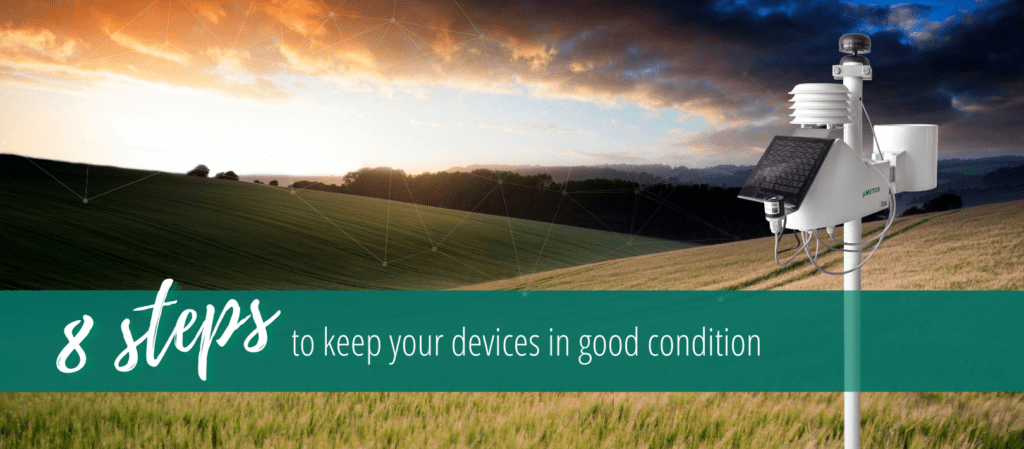
1. CONFIRM THAT YOUR STATION IS FUNCTIONING PROPERLY
Seems obvious, huh? Open FieldClimate and verify that data is being transmitted continuously. If something seems off, move on to step 2.
2. INSPECT SENSOR CABLES
If any sensor data is missing in FieldClimate, check the cables, especially those for soil moisture sensors. Make sure they are intact and protected from rodents; used drip irrigation tubing can help safeguard them.
Important note: If the station still does not work, create a support ticket – here.
3. ENSURE THE MOUNTING POST IS STRAIGHT
Your METOS weather station’s mounting post must be straight. Check the bubble indicator on the rain gauge to confirm (the bubble must be in the middle of the black circle).
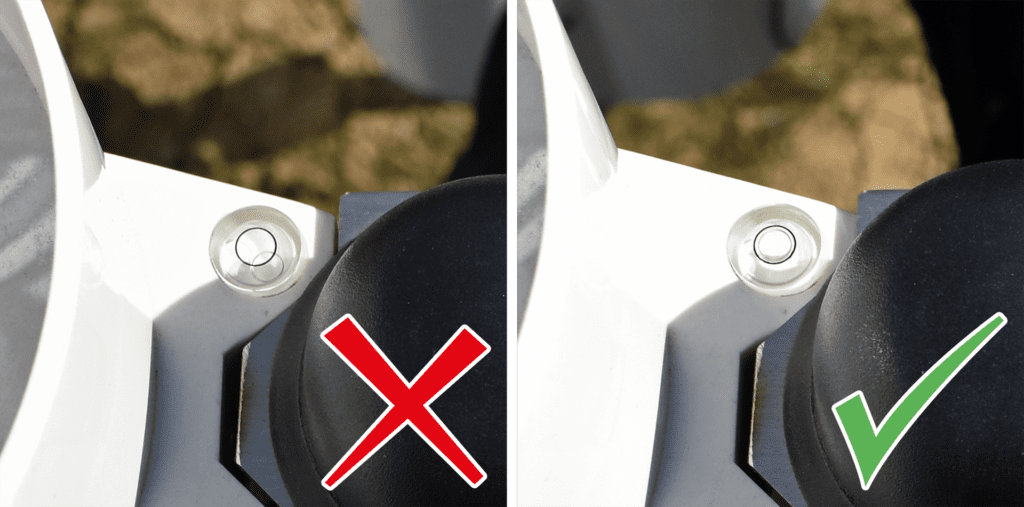
4. CHECK THE LEAF WETNESS SENSOR PAPER
Ensure the leaf wetness sensor paper is intact and properly positioned. Need new paper? Order now at [email protected] to avoid last-minute surprises.
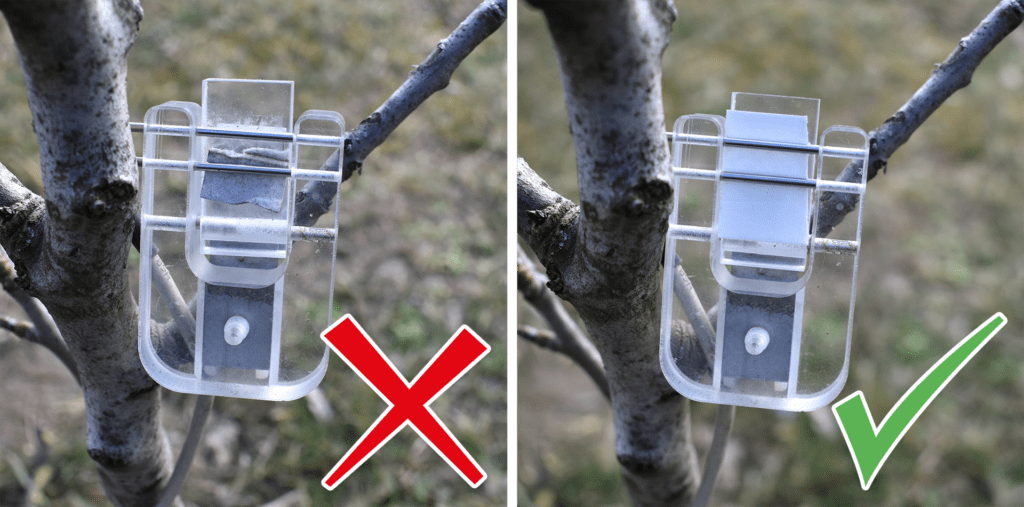
5. CLEAN THE SOLAR PANEL AND SENSORS (especially the rain gauge)!
A dirty rain gauge equals inaccurate rainfall data.
- Remove any leaves, insects, or debris that could block measurements.
- Ensure the hole is not clogged and the mechanism moves smoothly.
- Clean the filter and place it back correctly.
- Wipe down solar panels and sensors to ensure optimal performance.
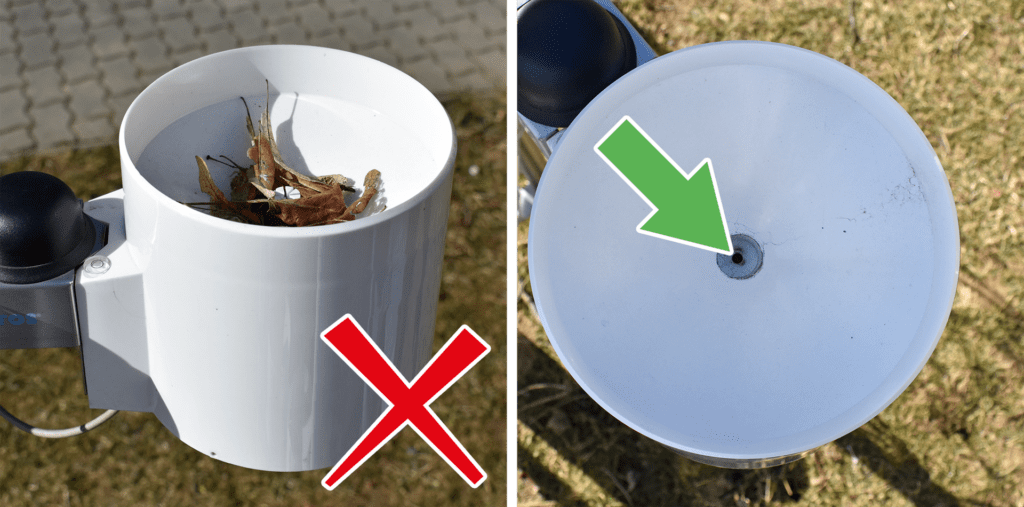
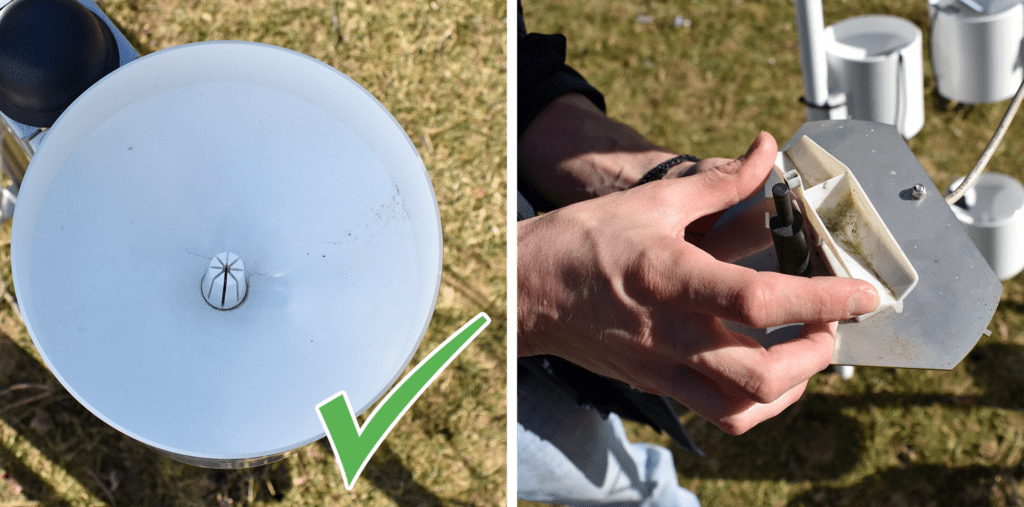
Extra tip: Check for uninvited guests! Don’t let snails, birds, or frogs turn your rain gauge into their dream home. Do you really want to be the one to evict an entire family?
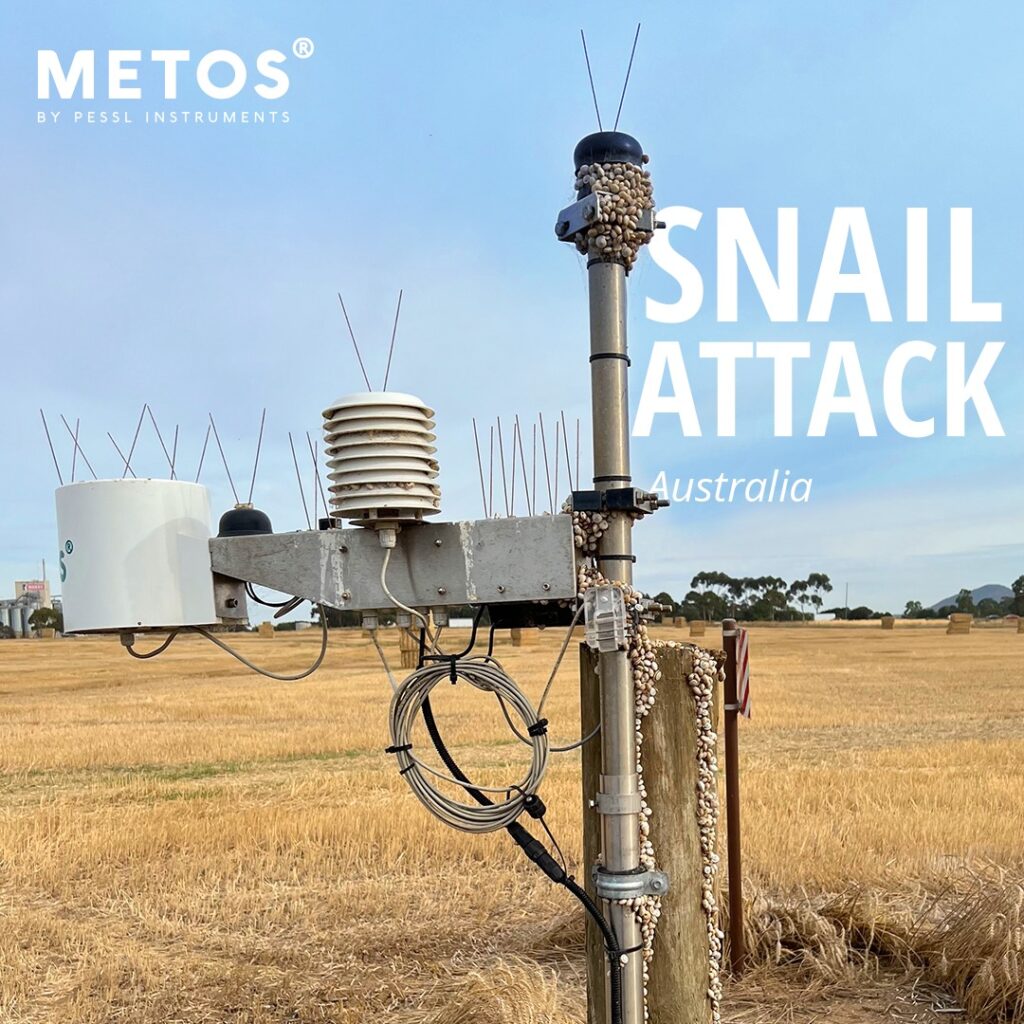
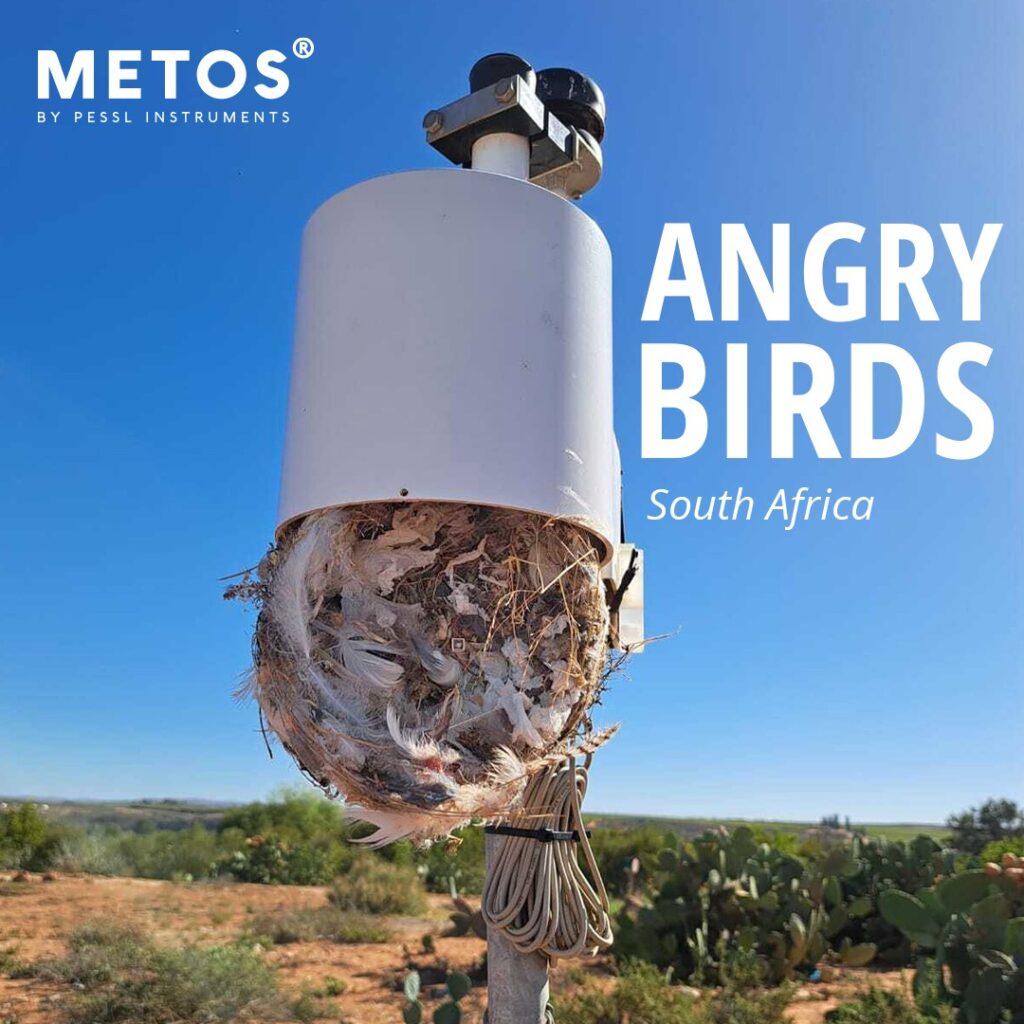
6. ACTIVATE FROST ALERTS
Set up custom frost alerts via FieldClimate (web or app). Define:
- Threshold values
- Alert parameters
- Preferred notification methods (SMS, email, or app notification)
Make sure app notifications are enabled and set a ringtone for frost alerts.
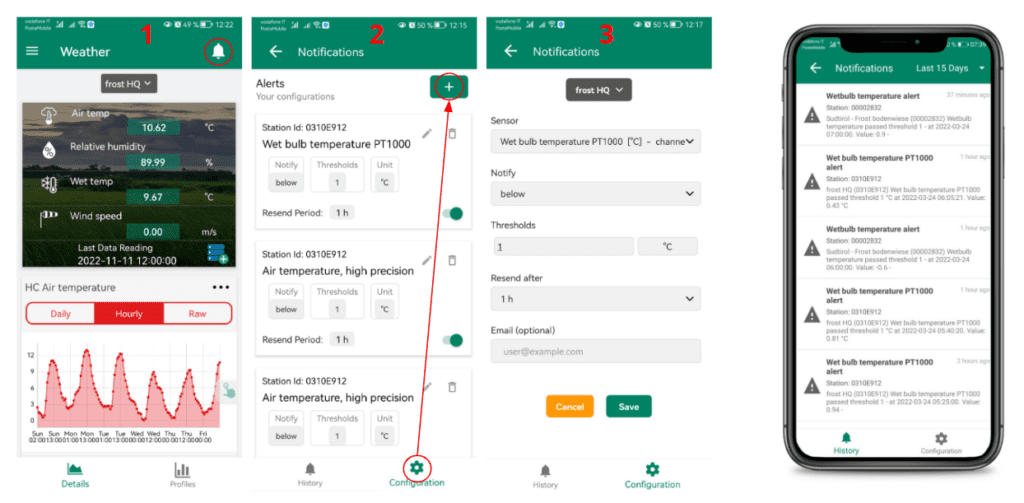
7. WET & DRY BULB TEMPERATURE SENSOR – Don’t forget the water!
- Ensure the water bottle is at least 80% full for accurate frost detection.
- Place the METOS station in the coldest part of your field for optimal frost monitoring.
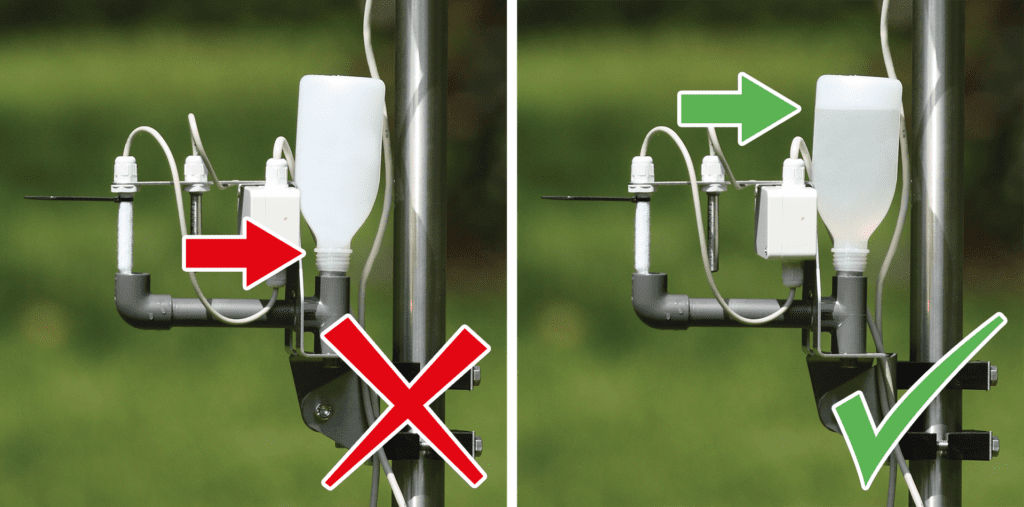
8. CHECK YOUR CAMERA DEVICES
- If you stored cameras indoors for the winter, reinstall them outside.
- Replace the lure or sticky plate.
- Make sure nothing is obstructing the camera.
EXTRA TIP: PERFORM REGULAR MAINTENANCE
Your weather station isn’t “set and forget.” Periodically check your sensors to ensure accuracy. Regular maintenance extends durability and keeps your data reliable.
FINAL THOUGHTS
Plan ahead with confidence!
From weather station checks to fieldwork scheduling, stay on top of every task with our 2025 Agricultural Calendar.
